Table of Contents
Highlights:
Gartner Top Tech Trends provides its annual forecast for the technological landscape, which highlights the innovations that are poised to redefine our world. The 2025 edition also unveils Gartner Top Tech Trends 2025 – a set of ten strategic technology trends that are set to shape industries, societies, and daily life as well.

Agentic AI
Agentic AI systems will autonomously plan and take actions to meet the user-defined goals. Agentic AI offers a promising virtual workspace that can offload as well as augment human work. Gartner predicts that by 2028, 15% of the day-to-day work decisions will be made autonomously through agentic AI, from 0% in 2024. It will also deliver more adaptable software systems which is capable of completing a wide variety of tasks.
The AI has the potential to increase productivity across the organisation, and the motivation is driving both enterprises and vendors to explore, innovate, and establish the technology and practices needed to deliver this agency in a robust, secure, and trustworthy way.
AI Governance Platforms
AI governance platforms are part of Gartner’s evolving AI Trust, Risk and Security Management (TRiSM) framework that enables organisations to manage the legal, ethical, and operational performance of the AI systems. The technology solutions have the capability to create, manage, and enforce policies for responsible AI use, while also explaining how AI Systems work and providing transparency to build trust and accountability.
By 2028, Gartner predicts that the organisations that implement comprehensive AI governance platforms will experience 40% fewer AI-related ethical incidents compared to those without such systems.
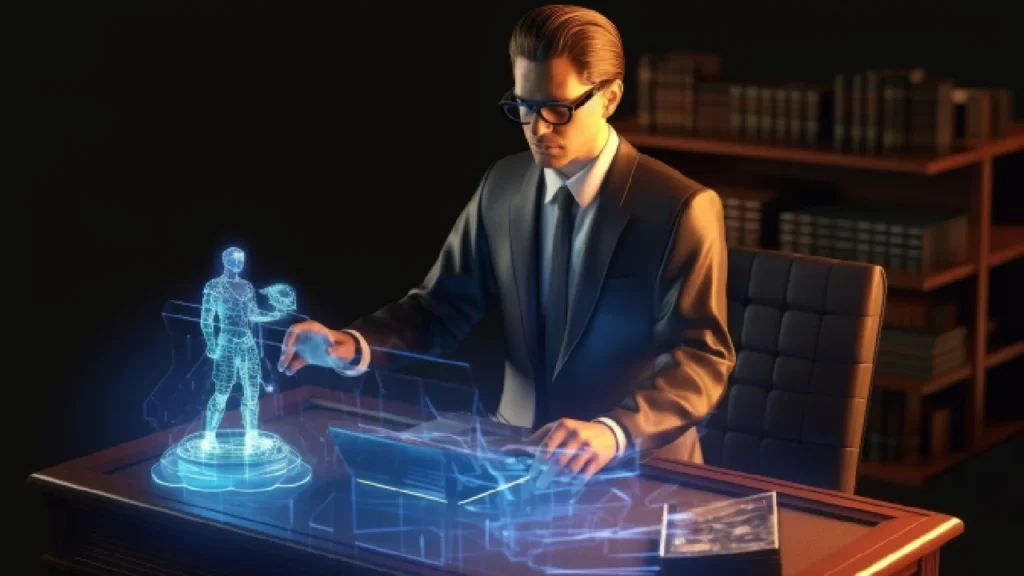
Disinformation Security
In the era where information is highly likely to be weaponised, disinformation security does emerge as a critical defence mechanism. The technology focuses on identifying, mitigating, and preventing the spread of false information, especially as AI-generated content becomes more sophisticated. Gartner has forecasted that by 2028, 50% of enterprises will adopt solutions that address disinformation, which is less than 5% currently.
The wide availability of AI and machine learning tools being leveraged for bad intentions will also increase the disinformation incidents that target enterprises. Disinformation can cause significant as well as lasting damage to any organisation.
Postquantum Cryptography
Postquantum cryptography provides data protection that is resistant to quantum computing decryption risks that it possesses. As quantum computing developments have also progressed over the years, it is expected that several types of conventional cryptography that are widely used will come to an end. In addition, it is also not easy to switch cryptography methods, so organisations do have a longer lead time to ready themselves for robust protection of anything that is sensitive or confidential. By 2029, Gartner predicts that most conventional asymmetric cryptography will be unsafe to use.
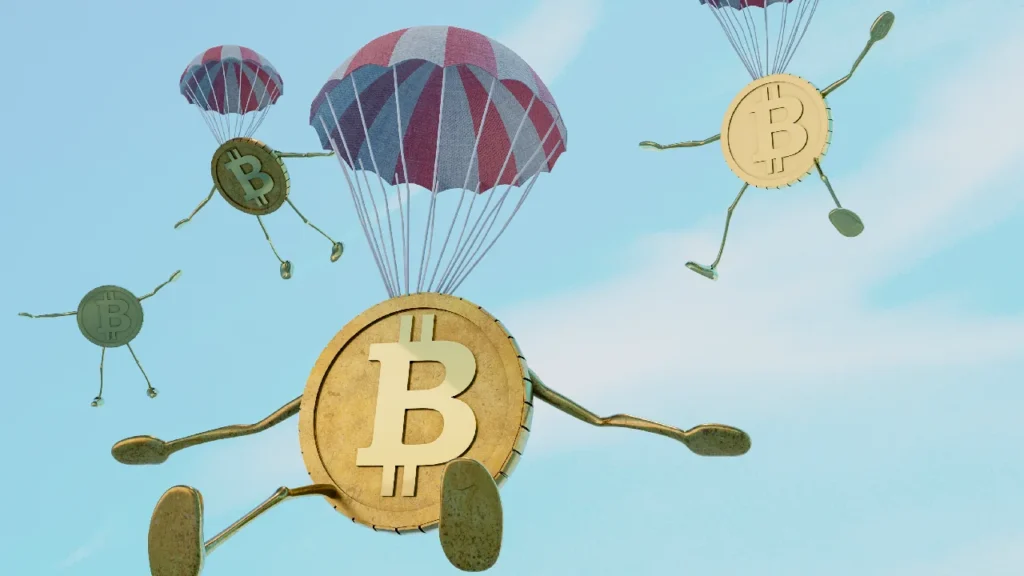
Ambient Invisible Intelligence
This is enabled by ultra-low-cost, small smart tags and sensors, which will also deliver large-scale, affordable tracking and sensing. In the long run, ambient invisible intelligence will also enable a deeper integration of sensing and intelligence into daily life.
Early examples of ambient invisible intelligence will also focus on solving problems such as retail stock checking and perishable goods logistics by enabling low-cost, real-time tracking and also sensing of items to improve visibility as well as efficiency.
Energy-Efficient Computing
As the computing demands grow, so will the energy consumption. Carbon Footprint has been the major consideration of many IT organisations. Applications like AI training, simulation, optimisation, and media rendering will all contribute greatly to these organisations’ carbon footprint, as they also consume the most energy.
The late 2020s are expected to introduce several new compute technologies, such as optical, neuromorphic, and novel accelerators will emerge for special-purpose tasks, such as AI and optimisation, which will significantly use less energy.
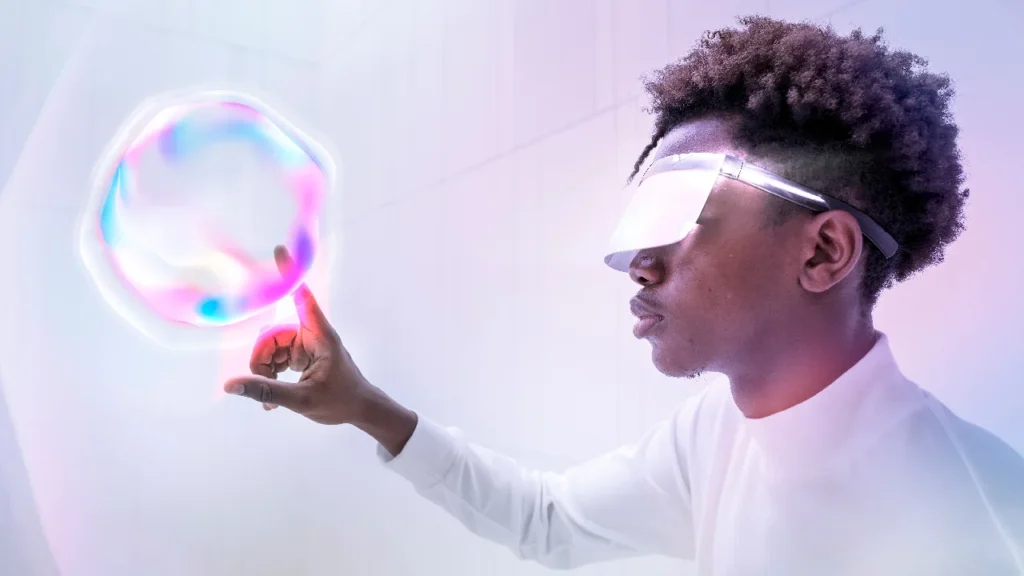
Hybrid Computing
New Computing paradigms keep popping up, including central processing units, graphic processing units, edge, and application-specific integrated circuits, neuromorphic and classical quantum, and optical computing paradigms. Hybrid computing combines different computing, storage, and network mechanisms to solve computational problems. This form of computing helps organizations explore and solve problems, which helps technologies, such as AI, perform beyond the current technological limits. This will be used to create highly efficient, transformative innovation environments that perform more effectively than conventional environments.
Spatial Computing
Spatial computing has also digitally enhanced the physical world with technologies such as augmented reality and virtual reality. This is the next level of interaction between physical and virtual experiences. The use of spatial computing will increase organisations’ effectiveness in the next five to seven years through streamlined workflows and enhanced collaboration. By 2033, Gartner predicts spatial computing will also grow to $1.7 trillion, up from $110 billion in 2023.
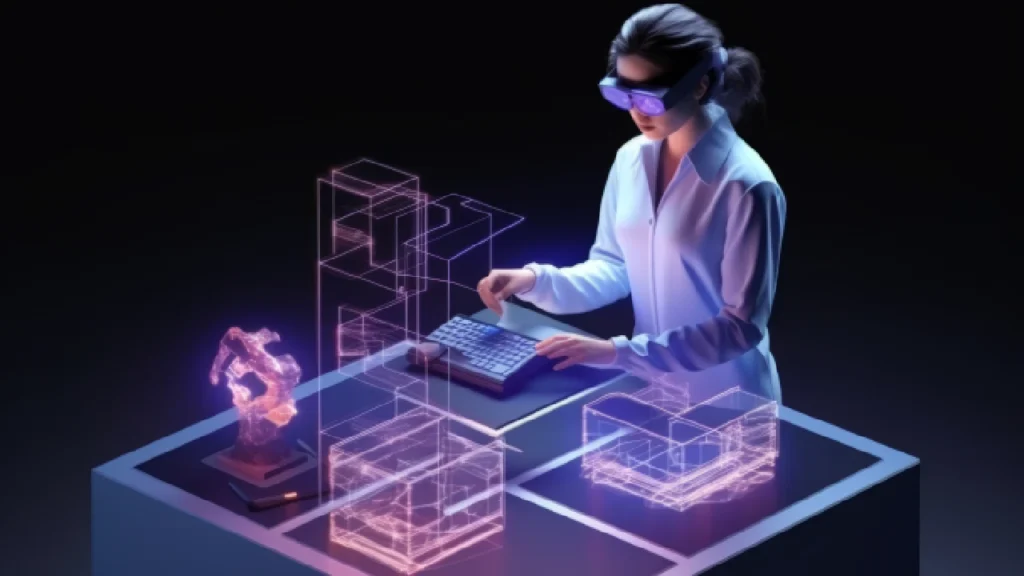
Polyfunctional Robots
Polyfunctional machines have the capability to do more than one task and are replacing task-specific robots that are custom-designed to perform single tasks multiple times. The functionality of these robots will also improve efficiency and provide a faster ROI. Polyfunctional robots are also designed to operate in a world that will make for faster deployment and easy scalability. Gartner says that by 2030, 80% of humans will engage with smart robots on a daily basis, from less than 10% currently.
Neurological Enhancement
Neurological enhancement technologies aim to improve cognitive abilities by reading and also decoding brain activity. Applications also range from human upskilling to next-generation marketing and finally performance. This technology reads a person’s brain by using unidirectional brain-machine interfaces or bidirectional brain-machine interfaces. By 2030, Gartner predicts 30% of knowledge workers will be enhanced by the BBMIs.
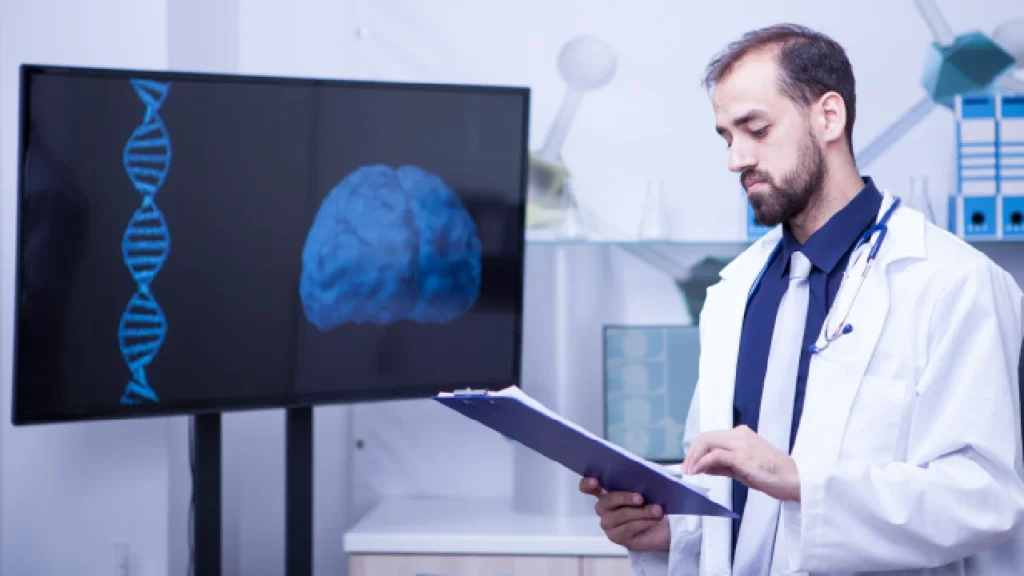
Conclusion
In reflecting on Gartner’s Top Strategic Technology Trends for 2025, it’s clear that we’re standing at the threshold of a future where technology and human life are intertwined more closely than ever. From agentic AI that acts with a level of independence, to AI governance platforms that safeguard our ethical values, to the development of postquantum cryptography that protects our data in a quantum-powered world, these trends show how innovation can both empower and challenge us.
The growing focus on sustainability through energy-efficient computing, the hybrid computing’s promise of combining diverse processing powers, and the quiet intelligence of ambient invisible sensors offer a future where efficiency meets responsibility. Meanwhile, the emerging fields of spatial computing, polyfunctional robots, and neurological enhancements hint at possibilities that, not long ago, belonged only in the realm of science fiction.
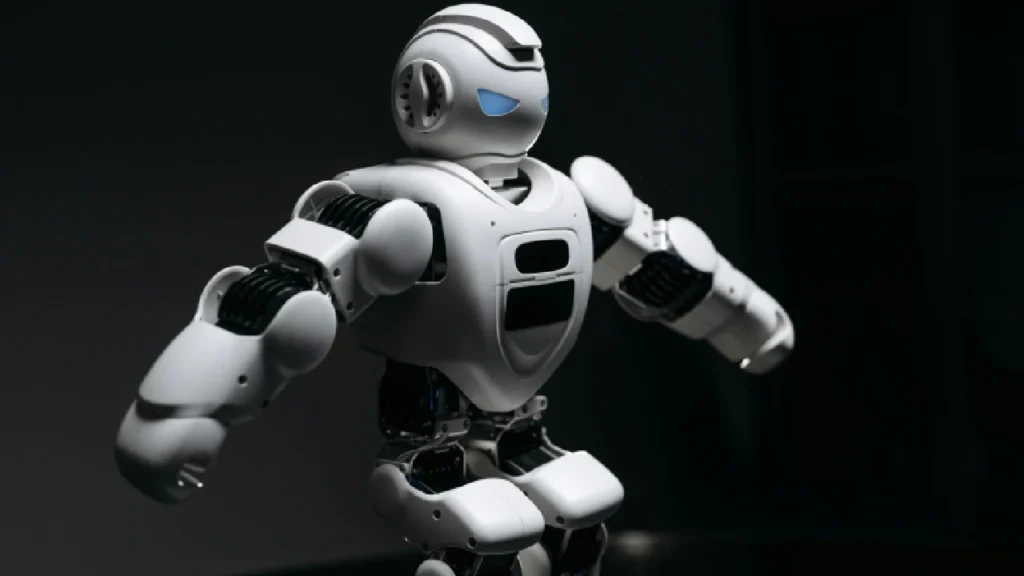
What stands out across these trends is not just their technical prowess but the underlying desire to make technology work for us, whether by enhancing productivity, creating seamless interactions, or bolstering security and trust. But this journey isn’t just about machines and algorithms. It’s about how we, as people, adapt and embrace change with an eye toward inclusivity, responsibility, and a genuine respect for the human experience.
Looking ahead to 2025 and beyond, the challenge will be finding the right balance. How can we harness these remarkable advancements while making sure that they serve our needs, our communities, and the planet? If we approach these changes with openness and care, we have the chance to create a world where technology uplifts rather than overwhelms, enhances rather than replaces, and supports rather than controls. The road ahead is filled with both exciting opportunities and thoughtful challenges—how we walk it will define the next chapter of our shared story.